Where Is the American Dream? Stephen Speranza Documents Life in a Declining Small Town
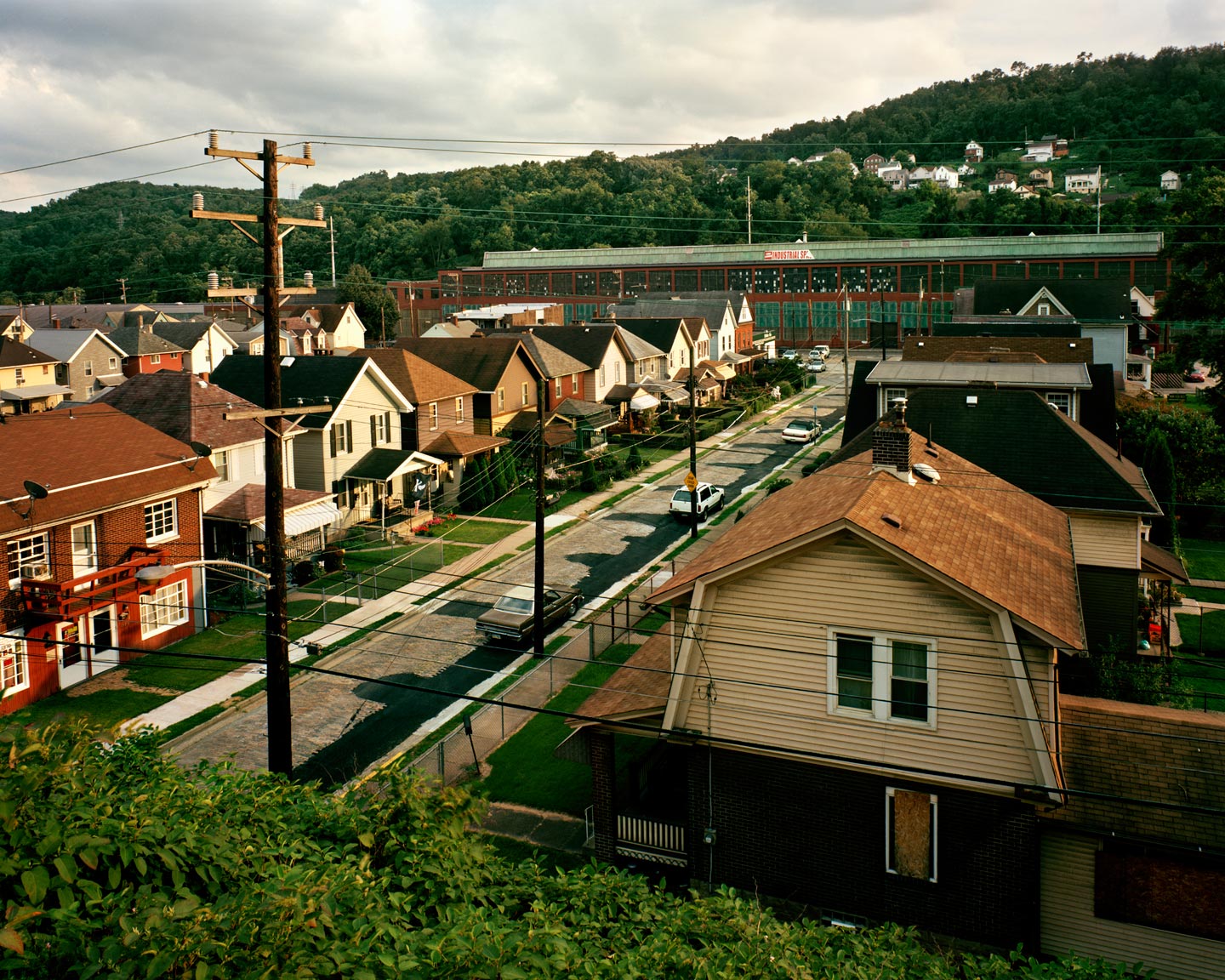

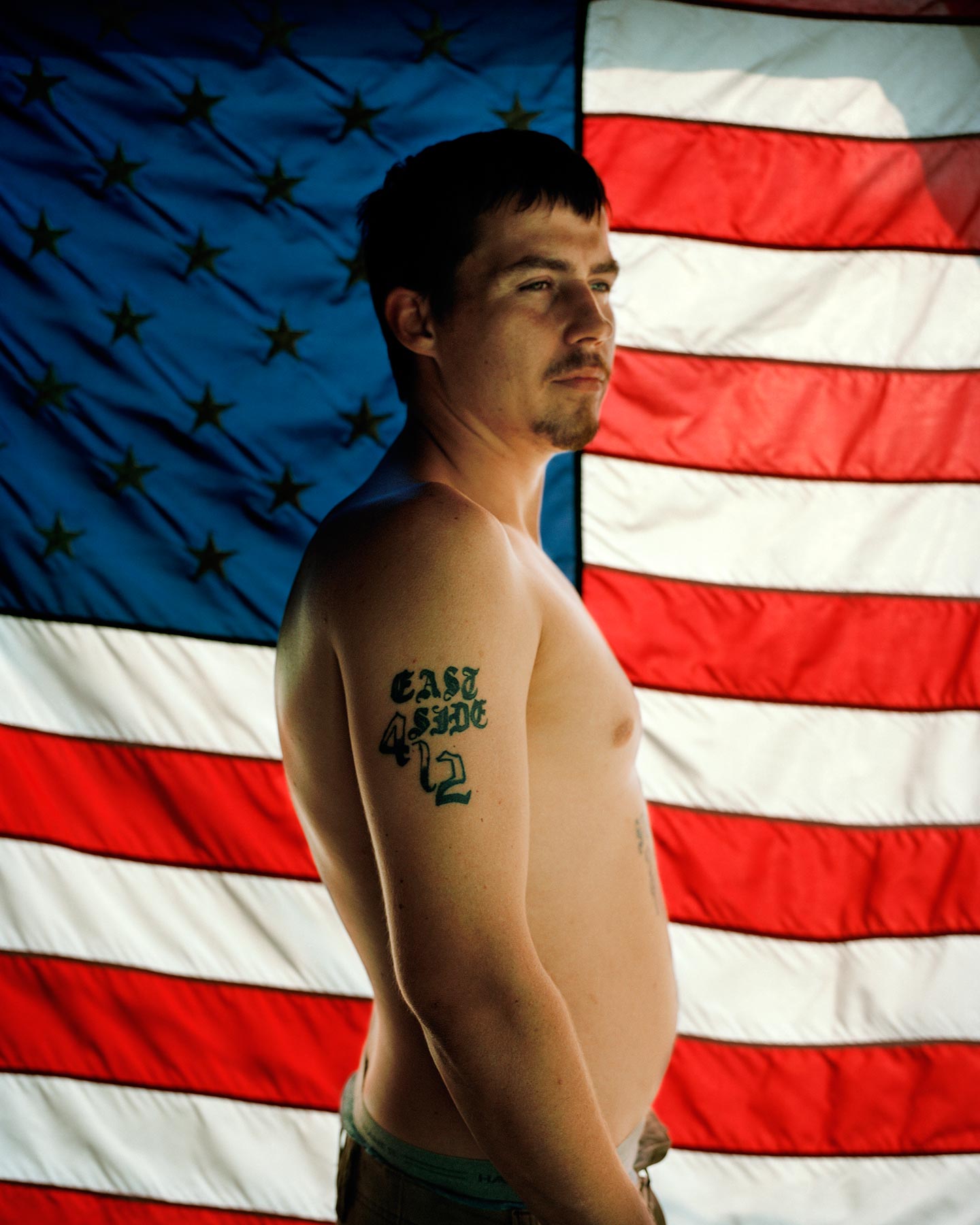
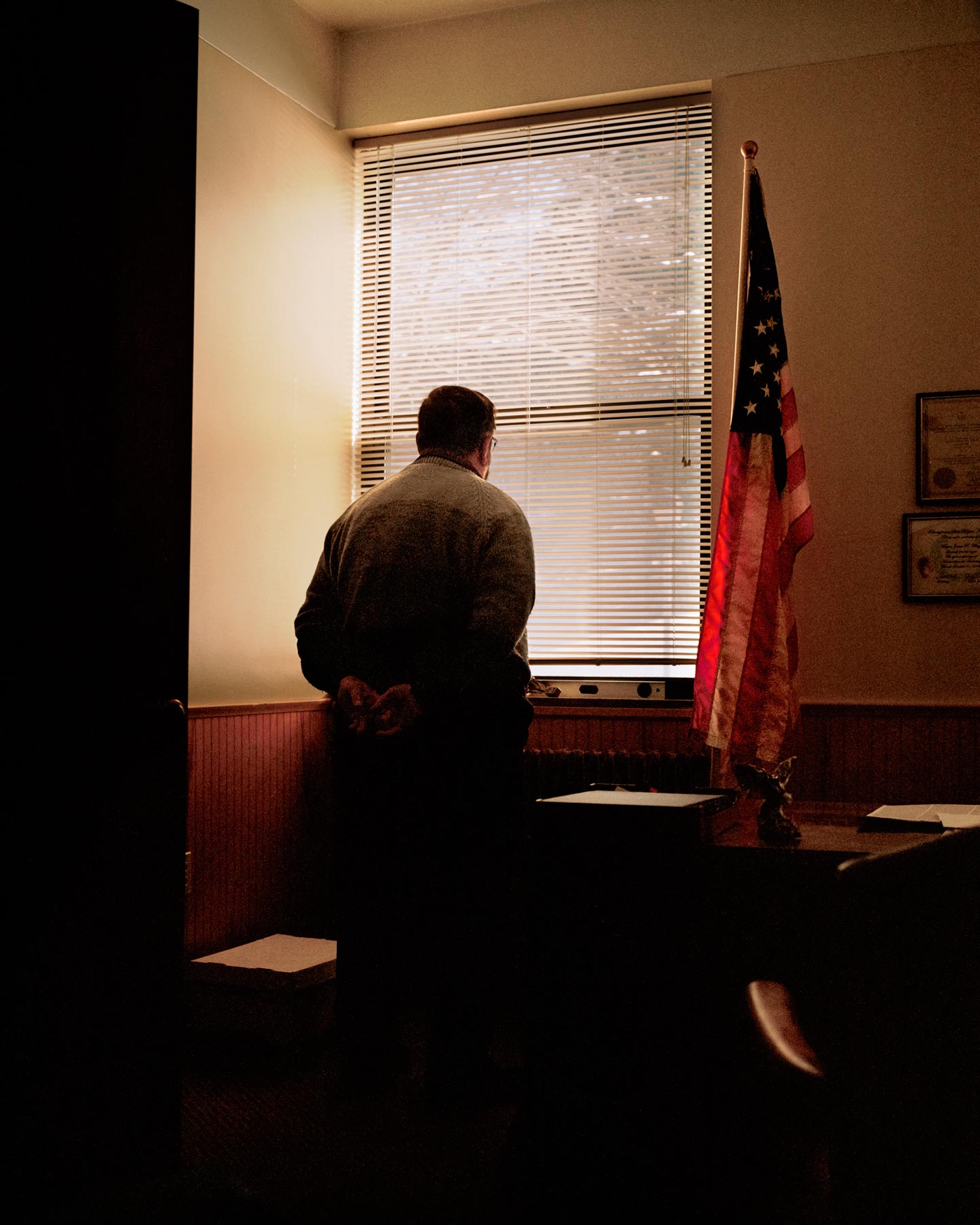
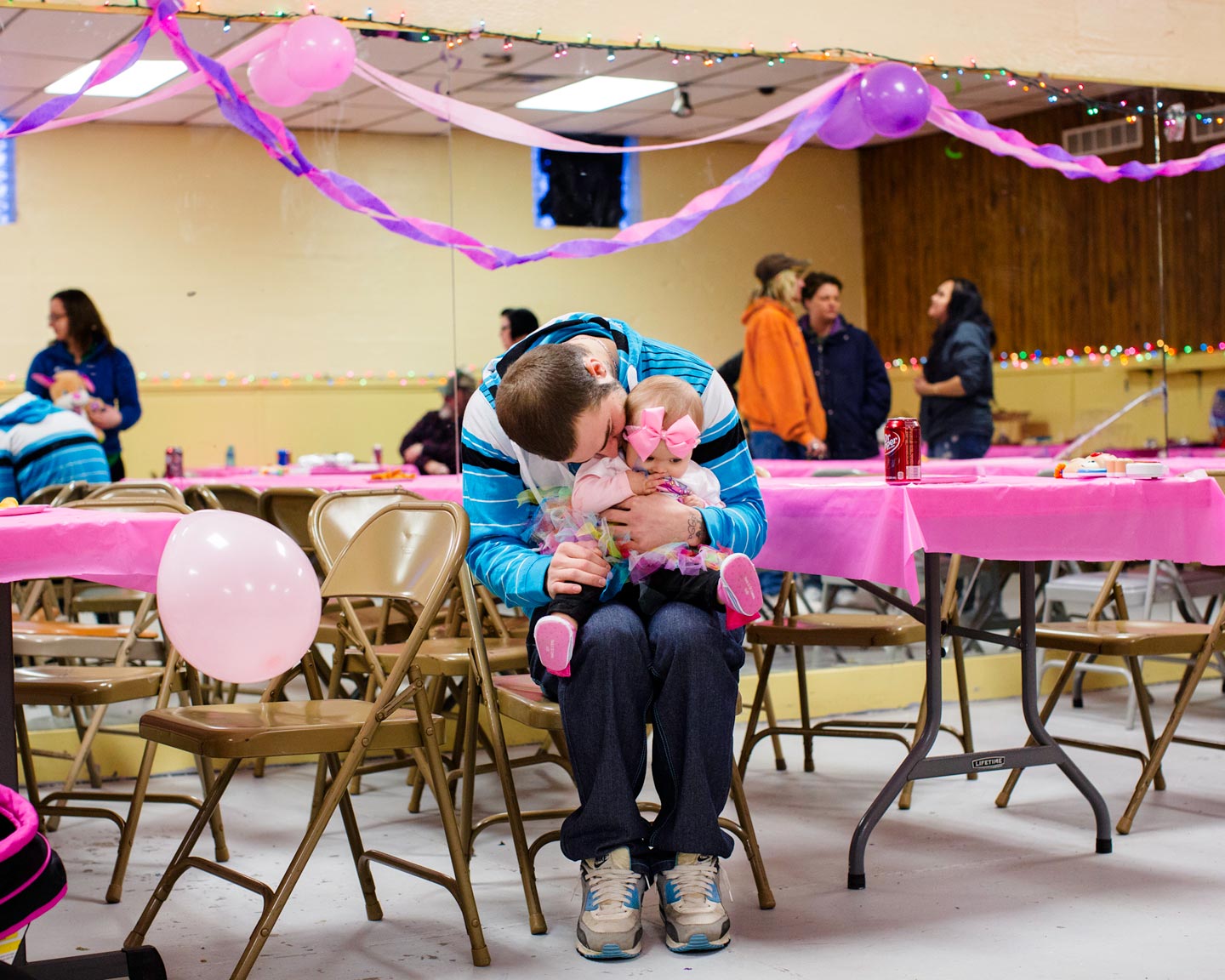
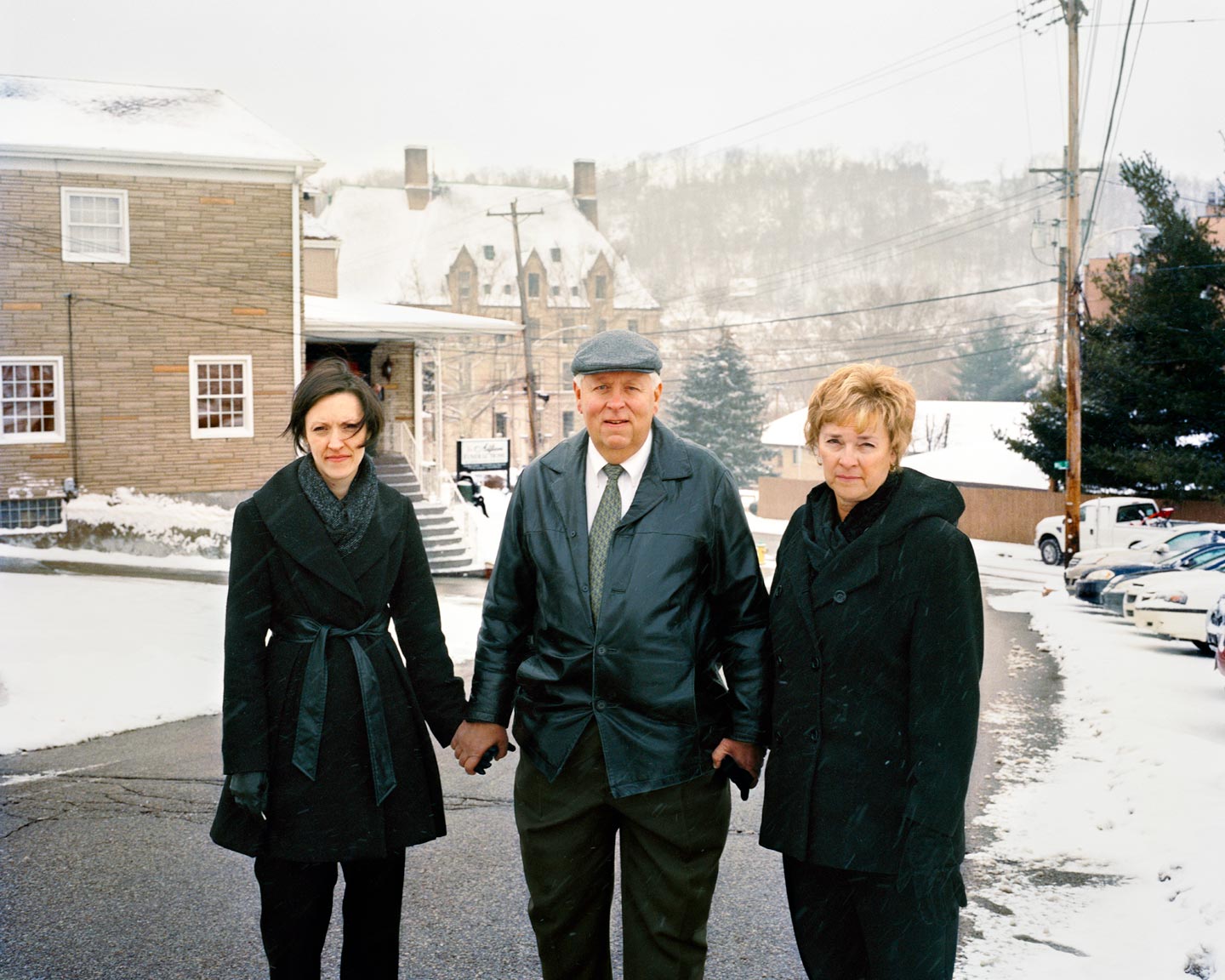

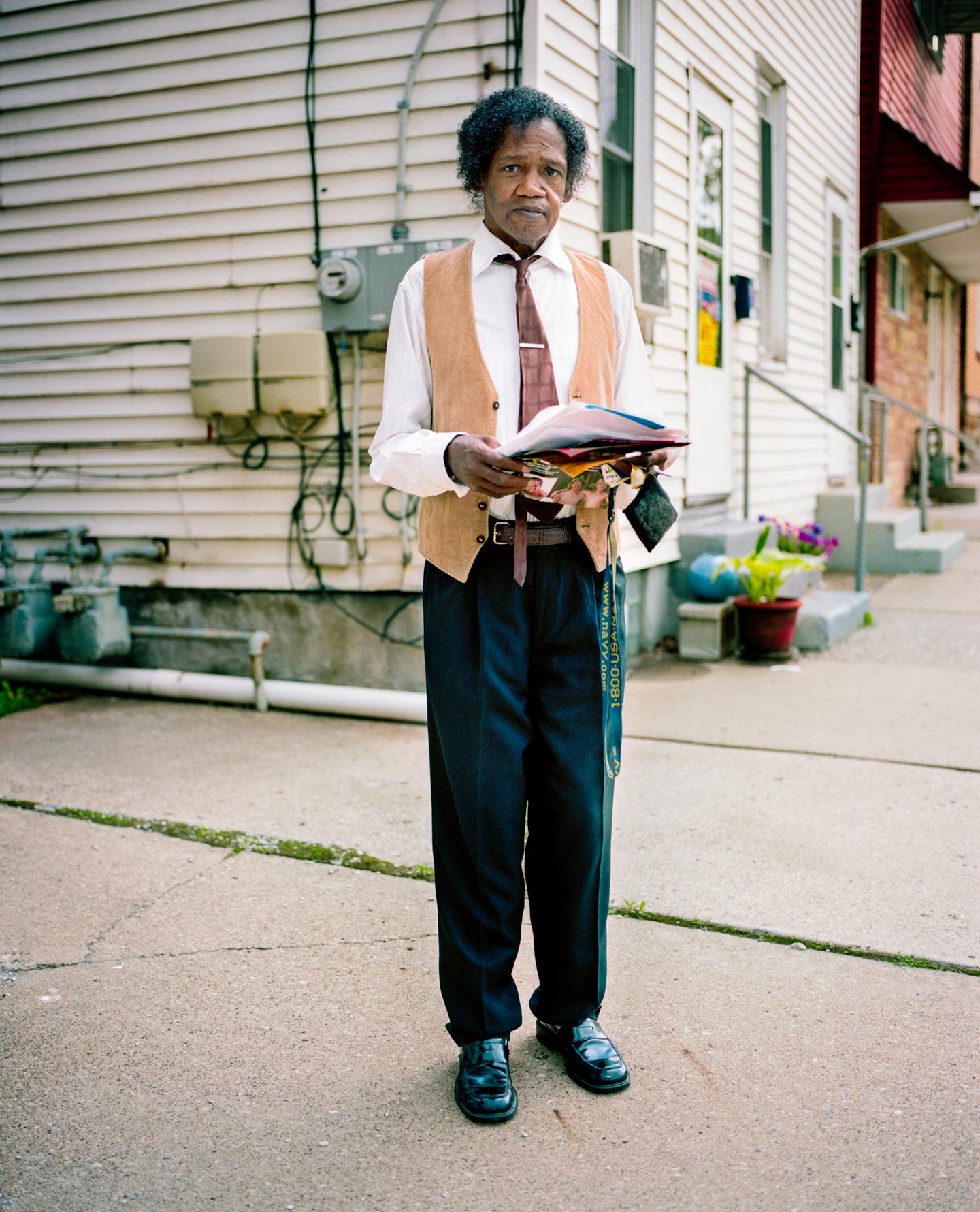
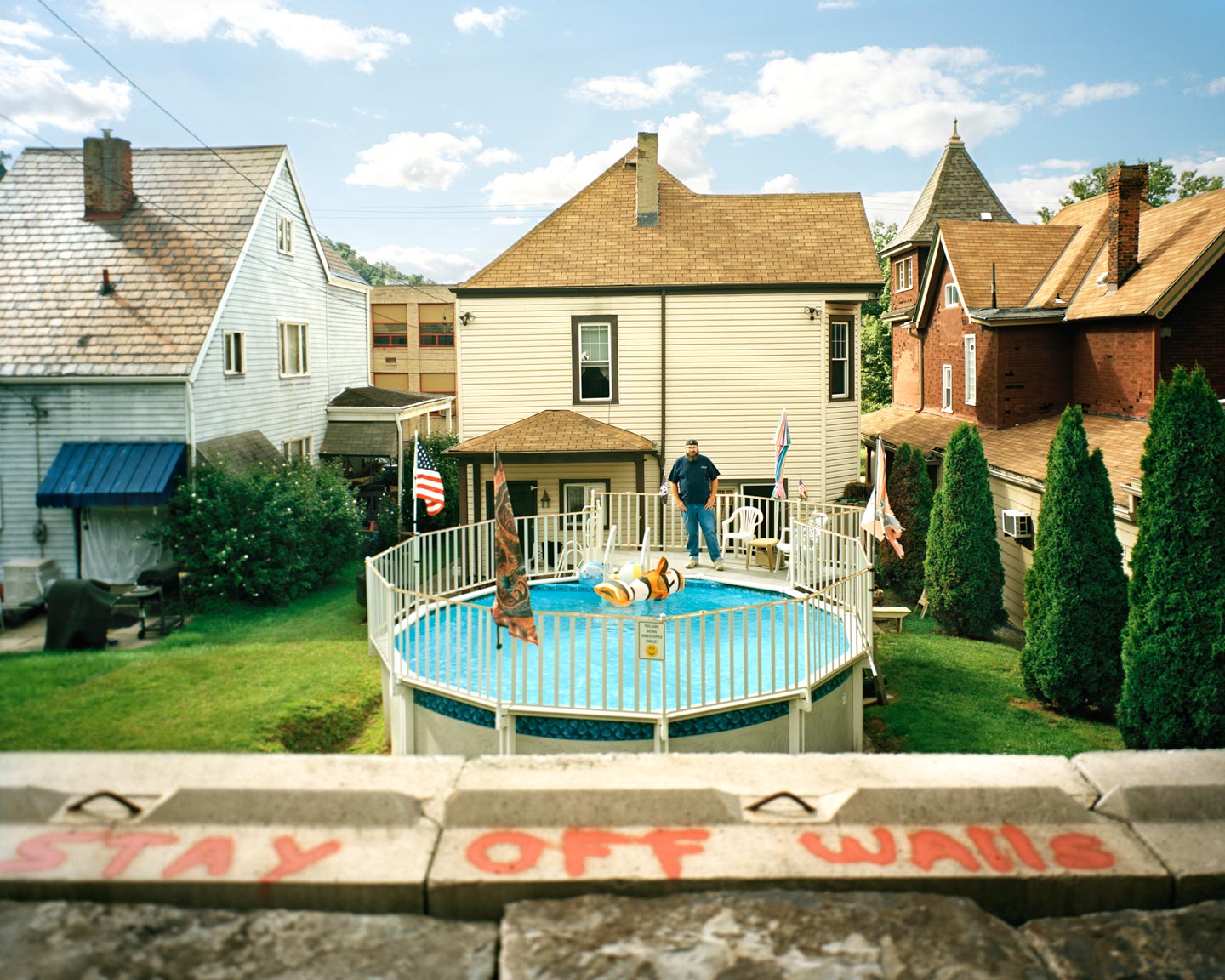
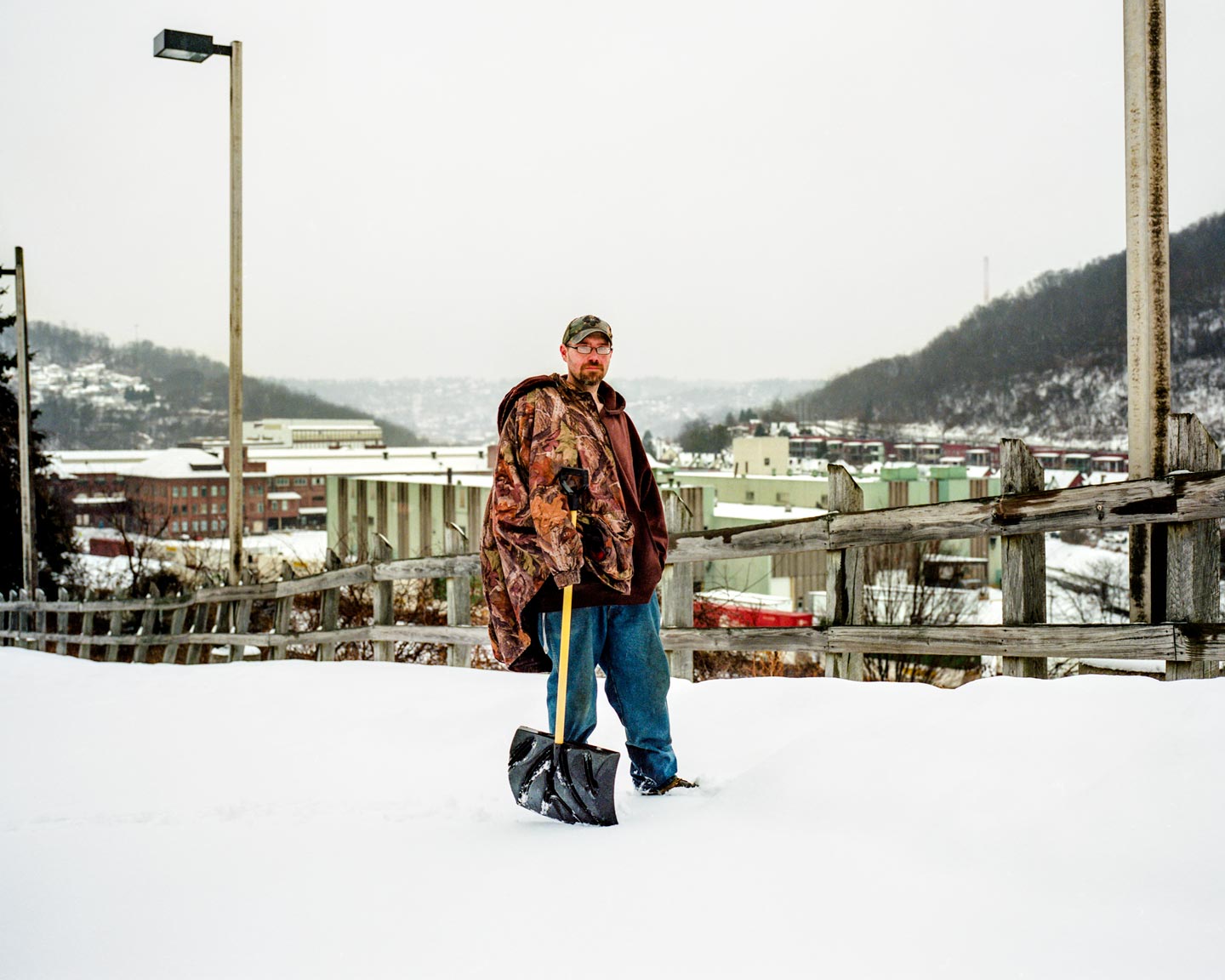
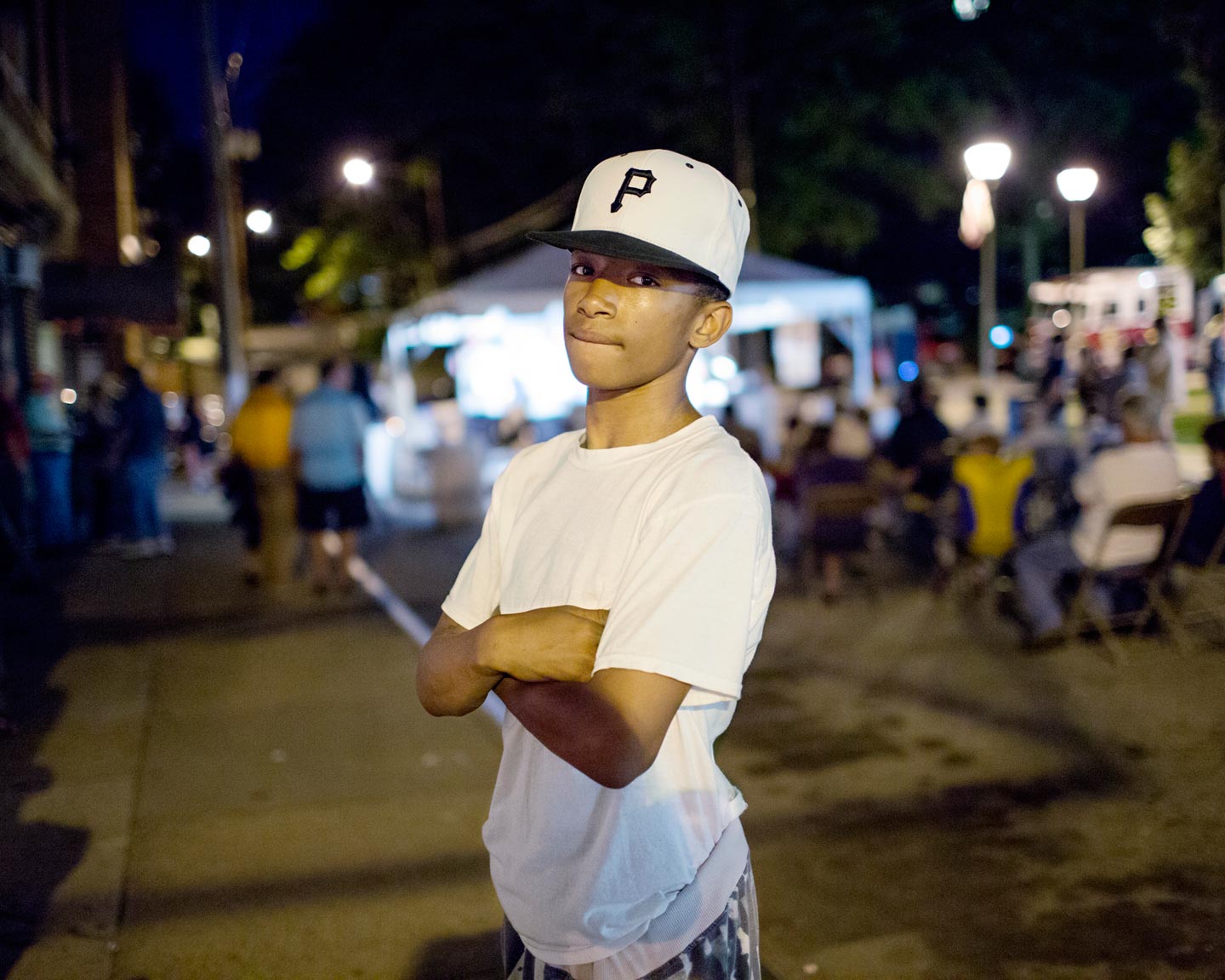
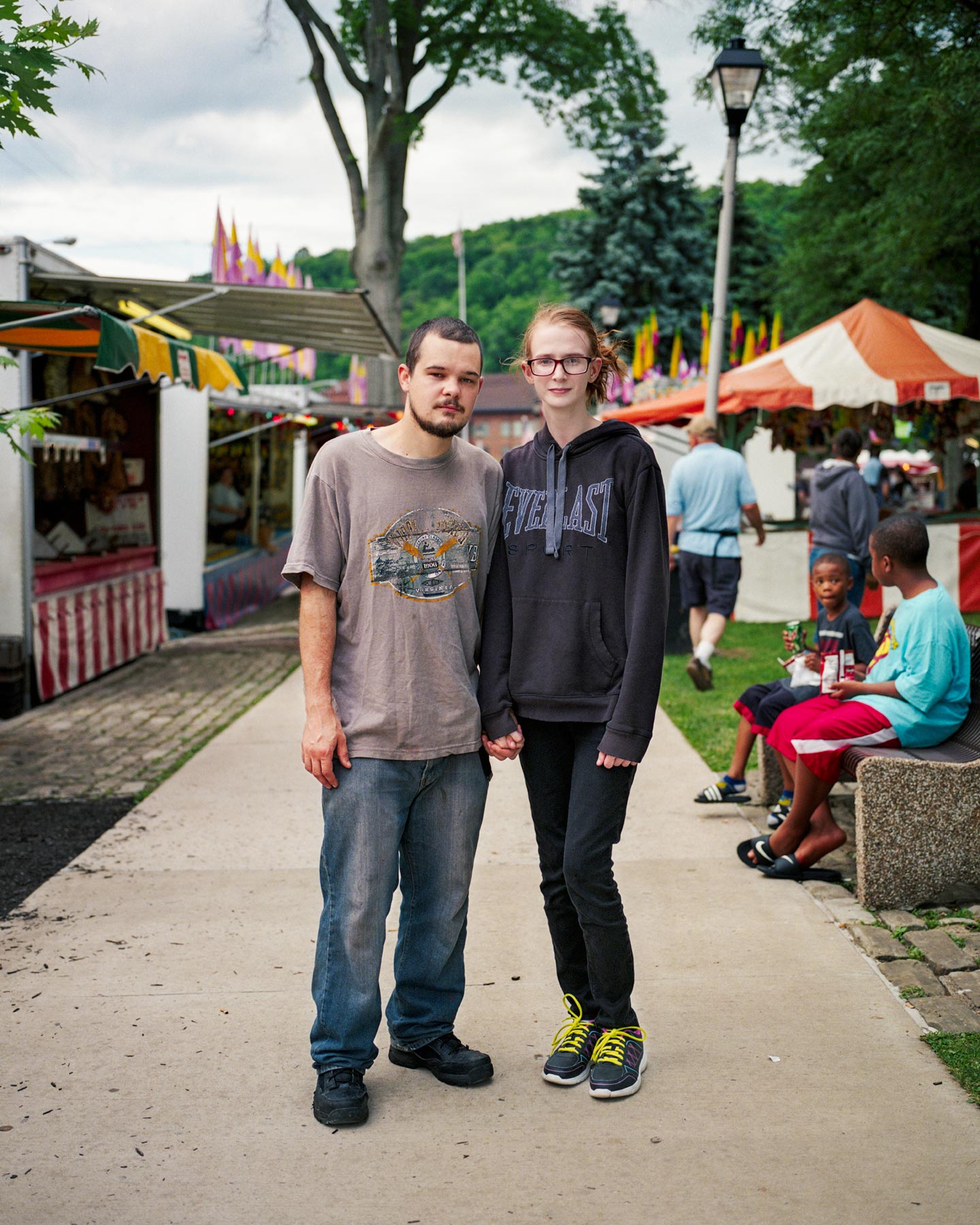
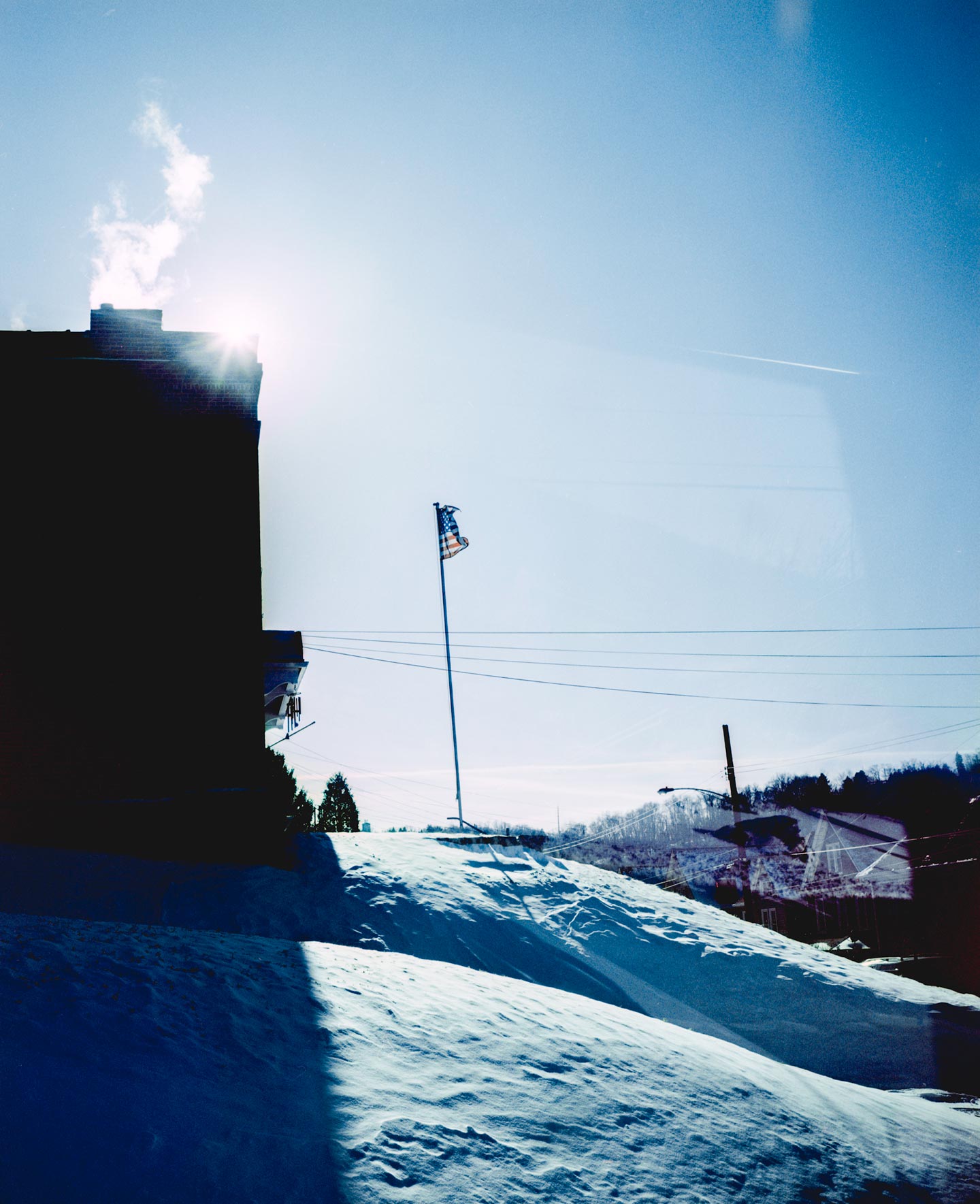
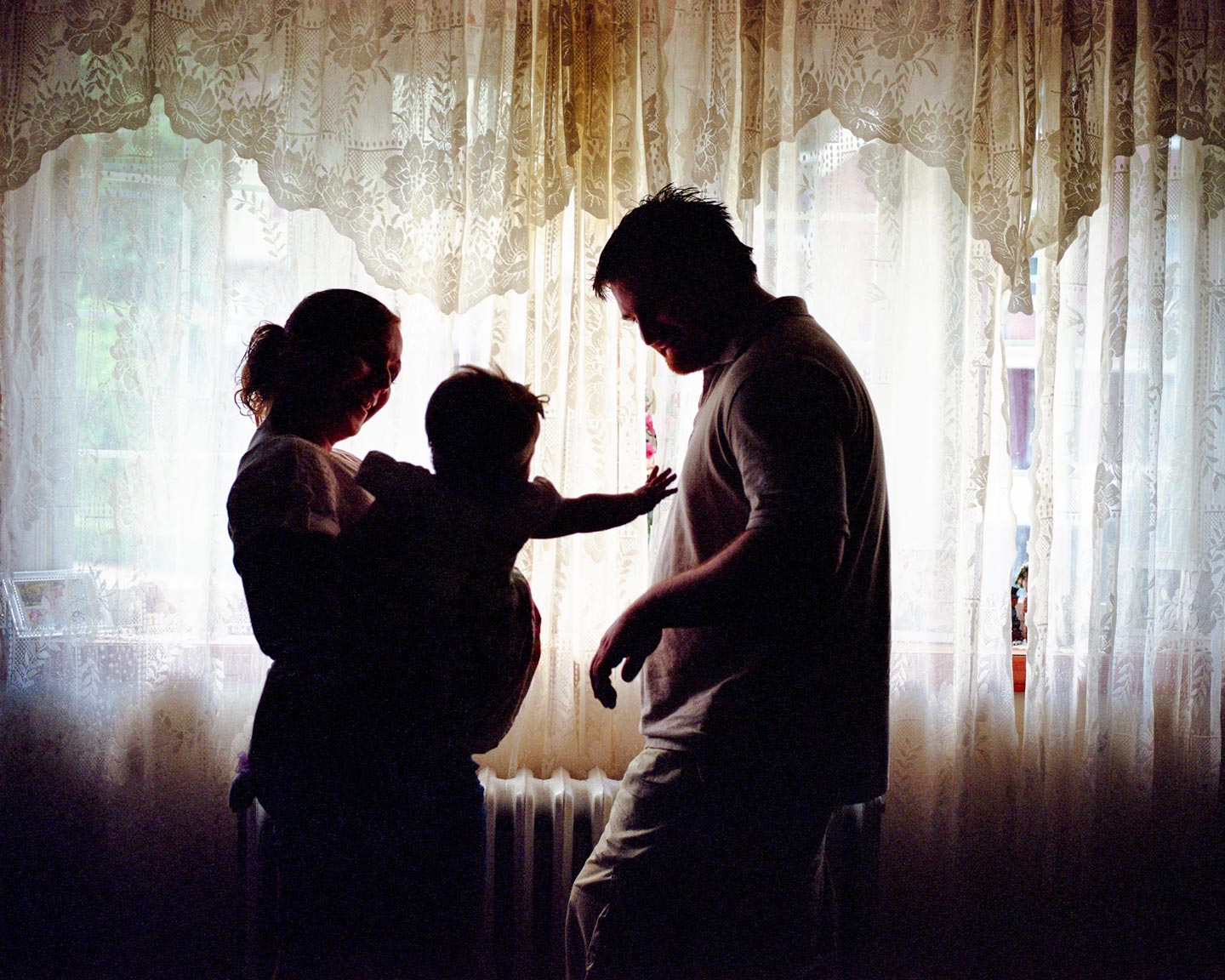
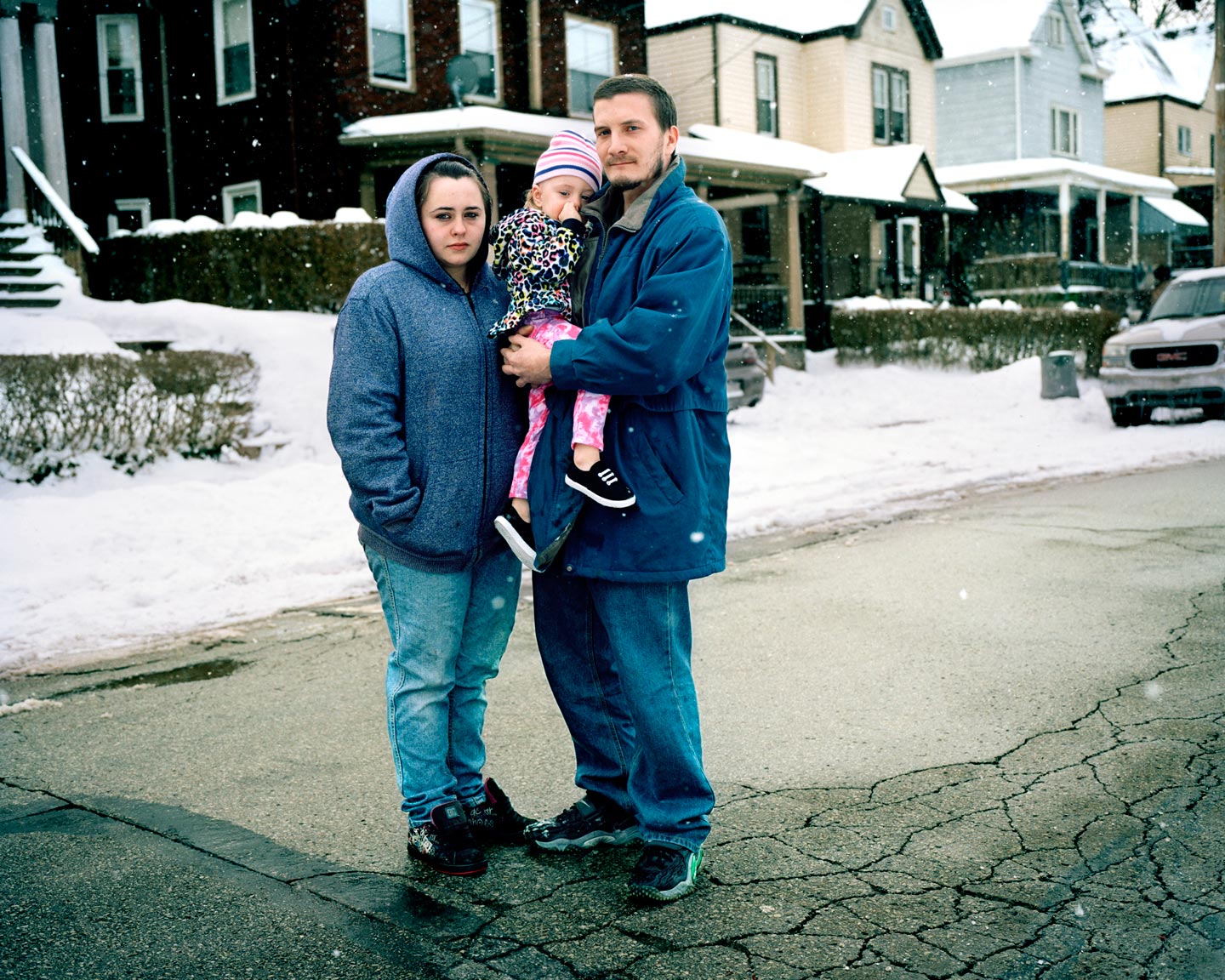


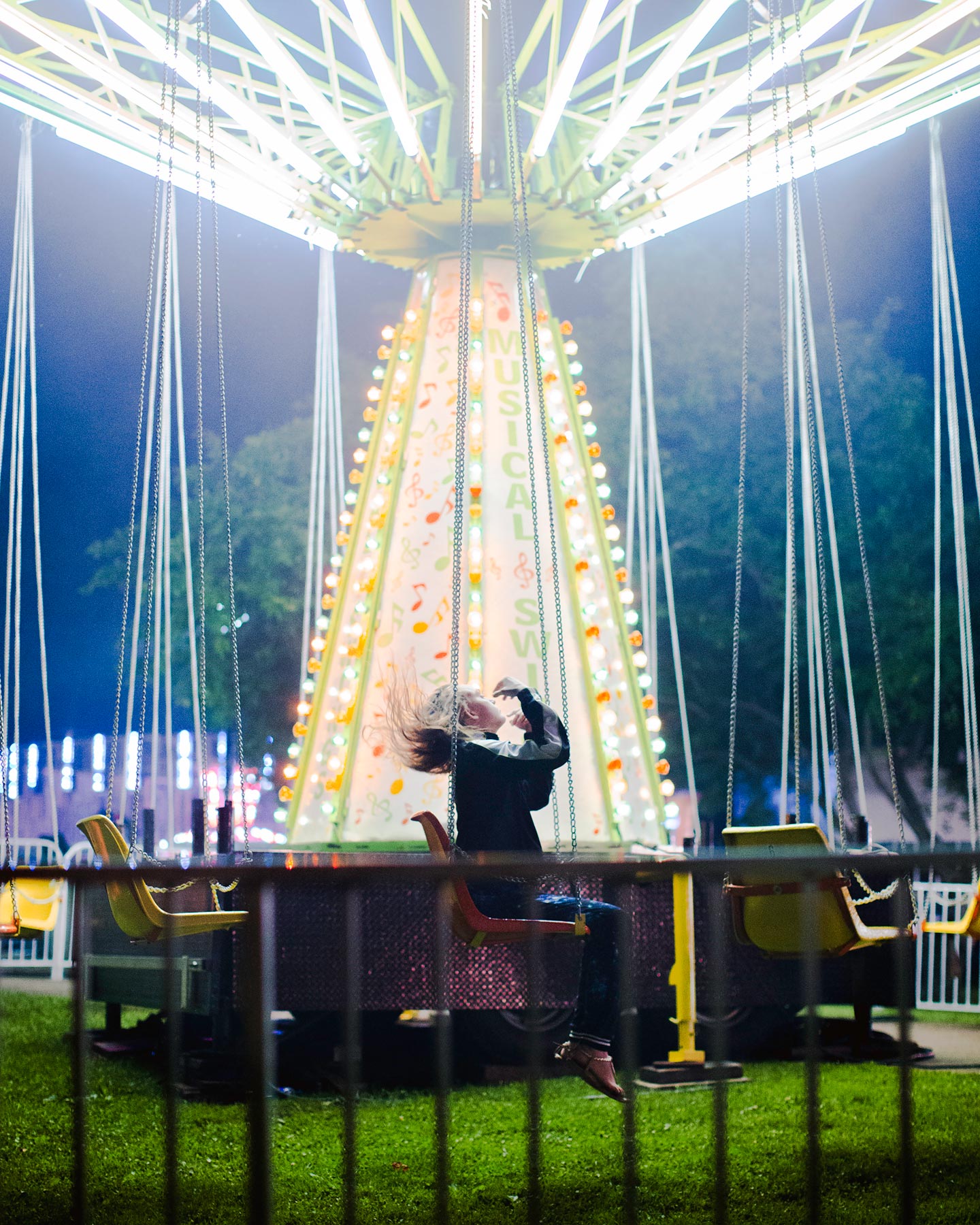
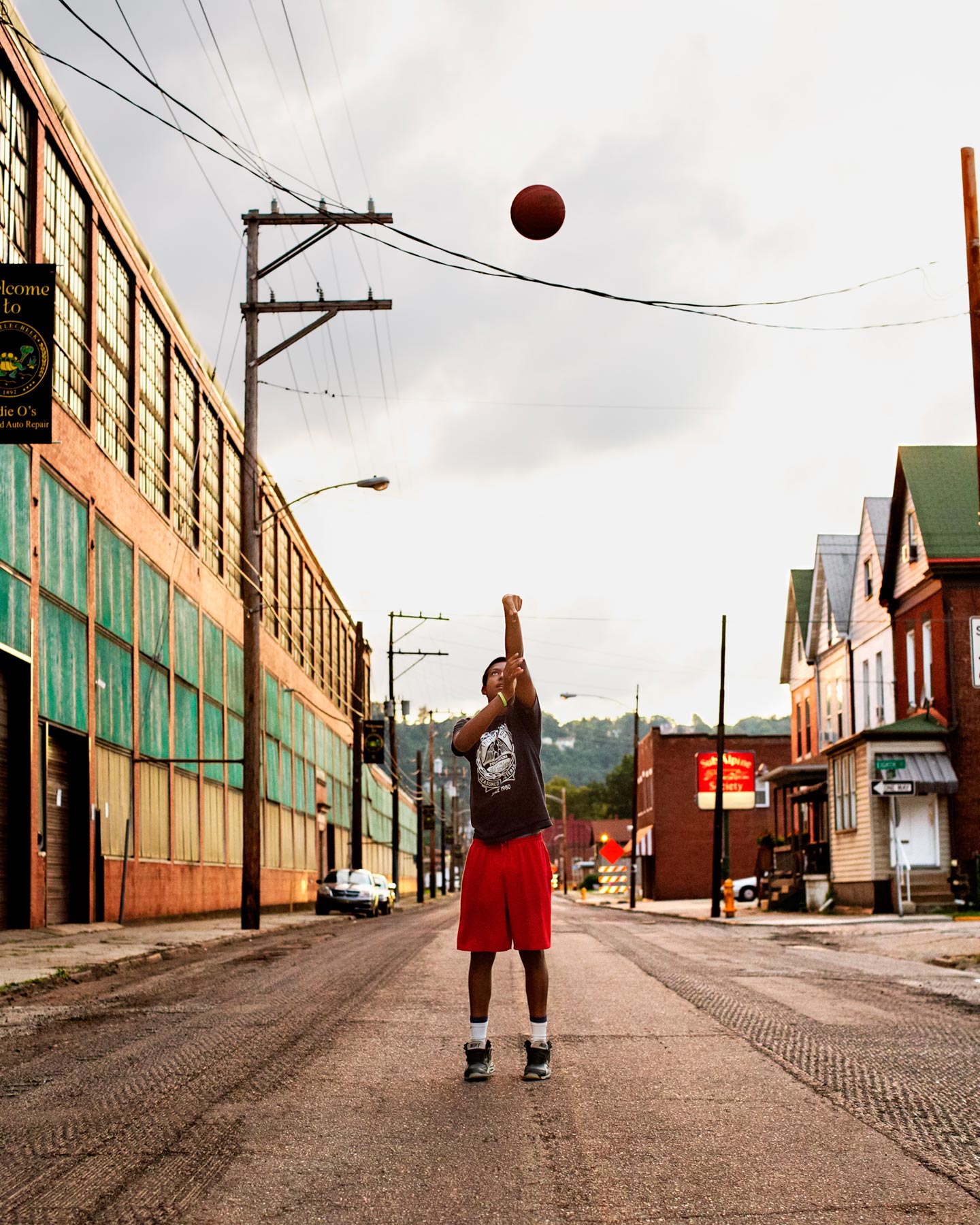
24 year-old American photographer Stephen Speranza discusses Wilmerding, a documentary photography series about a small town in Pennsylvania, USA originally built at the end of the 19th century to house the workforce of the Westinghouse Air Brake Company. The company’s progressive abandonment of the site from the 1980s on marked the decline of Wilmerding and its community.
Hello Stephen, thank you for this interview. What are your main interests as a photographer?
My main interest is in documentary and street photography. I like the idea of having to investigate, research, and find the content I need to piece together a group of images that speak to a larger idea. Subject wise, I’ve always been very interested in anything within a social, economic or cultural conversation. American middle / working class, economic realities, cultural ideals are all very interesting to me.
What is Wilmerding about, in particular?
On the periphery, Wilmerding is about a company built community that no longer has the support of the industry and manufacturing it was structured around. More specifically, the work is about studying an American city of the Rust Belt [an extended region characterized by declining economy] at a microcosmic level, and considering it in the context of a larger American narrative.
Why did you decide to make a project about Wilmerding community?
My grandfather was born and raised in Wilmerding. I went there for the first time for his funeral – that’s when I realized I wanted to start photographing Wilmerding. Until then, I hadn’t really spent much time in town; seeing it for the first time made me very aware of the contrast between the past, idealized Wilmerding my grandfather used to tell me about, and the post-industrial standstill it is currently in.
My own roots pretty much scream American dream: Italian immigrants, small factory town, available blue collar work that provided progressive growth for the family, belief that hard work creates unlimited possibilities, etc. So I began questioning the current status of the American dream myth. I began looking at my family’s hometown of Wilmerding as a place that could facilitate conversation regarding the sustainability and attainability of the American dream today.
What are your impressions of the town and the evolution it’s going through?
I get really bummed out walking around town. There is hardly any activity going on, the Airbrake facility appears lifeless with its huge empty parking lot, and many of the once beautiful row homes are slowly falling apart. The community here is sparse, and the creek running through town acts as a very obvious divide between the economically restricted newcomers and the remaining longtime residents. Its evolution to date has been a downward spiral since the 1980s. Westinghouse Airbrake Company as a Wilmerding entity fell apart due to the moving of manufacturing to cut production costs. Many actually blame the Unions for this, saying that they got too strong and were demanding too much of a company that actually had a great history of treating its employees well. Corruption, the inability to collaborate, and change in the American way of business brought the town to its knees relatively quickly.
Can you talk a bit about your approach to the work? What are you trying to capture in your images?
My approach to the work started with familiarizing myself with Wilmerding’s history, roaming the streets, talking and interviewing residents. Reoccurring themes were the vanishing middle class, traditional nuclear family, infrastructure, the home, American jobs, religion, government, etc. Issues of a tiny post-industrial Pittsburgh suburb, yet consistent with topics being discussed nationally. Can we look at small communities such as Wilmerding, as microcosms of the larger American picture? I often feel we look towards the extraordinary, bigger and better, more famous, centralized aspects of our realities rather than local, tangible aspects of our personal lives. There is a lot to be learned from smaller studies and our own personal histories that can help us navigate the dialogue of larger issues.
You’ve been working on your Wilmerding project since 2013. What are you still looking for before you decide it’s time to wrap it up?
The plan is to take a break and slowly work on a book using both images and text from conversations throughout the years. I’ve always enjoyed the idea of social documentary so I’d like to start sending the work to individuals in the community and get their reactions – see what comes of it. I’m not set on creating a completely finished product until the work has some time under its belt.
Do you have any specific references or sources of inspiration in mind while working on Wilmerding?
When I started the work I was really interested in Gregory Halpern’s book A. The idea of making work throughout the Rust Belt that wasn’t necessarily about the place itself was interesting to me, and really helped me shape my ideas and approach to Wilmerding.
How do you hope viewers react to the Wilmerding photographs?
I’m hoping viewers react on a variety of levels. First I hope that this work acts as a reminder of our smaller, often overlooked communities. I also wish it caused a moment of reflection towards remembering one’s own roots: where did you or your family get their start? Are those same opportunities going to be available for the next generation? Why are things the way they are today?
What have been the main influences on your photography?
Influences and inspiration are constantly changing from seeing what friends are making, the book I’m reading, what’s going on in the news… Recently I’ve been teaching a lot – it’s been great and got me excited to start a new project here in NYC. I work for Reel Works, a non-profit in Brooklyn that teaches narrative film-making and photography to teenagers through both in-school and after-school programs. Working with students from all over the city, helping them to create documentary pieces about themselves, their schools or neighborhoods has been fantastic. It gives me the opportunity to help students articulate their lives into a visual piece and I’m constantly learning and being inspired through these classroom experiences.
Choose your #threewordsforphotography.
Small. Town. America.
Keep looking...

FotoCal — Photography Awards, Grants and Open Calls Closing in June 2025

FotoCal — Photography Awards, Grants and Open Calls Closing in May 2025

FotoCal — Photography Awards, Grants and Open Calls Closing in April 2025

FotoCal — Photography Awards, Grants and Open Calls Closing in March 2025

FotoCal — Photography Awards, Grants and Open Calls Closing in February 2025

FotoCal — Photography Awards, Grants and Open Calls Closing in January 2025

FotoCal — Photography Awards, Grants and Open Calls Closing in December 2024




